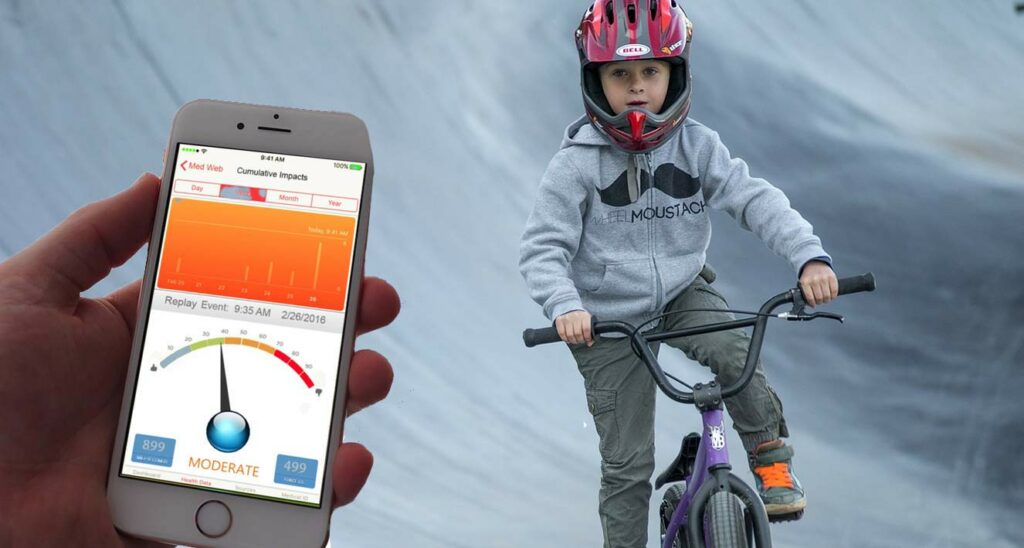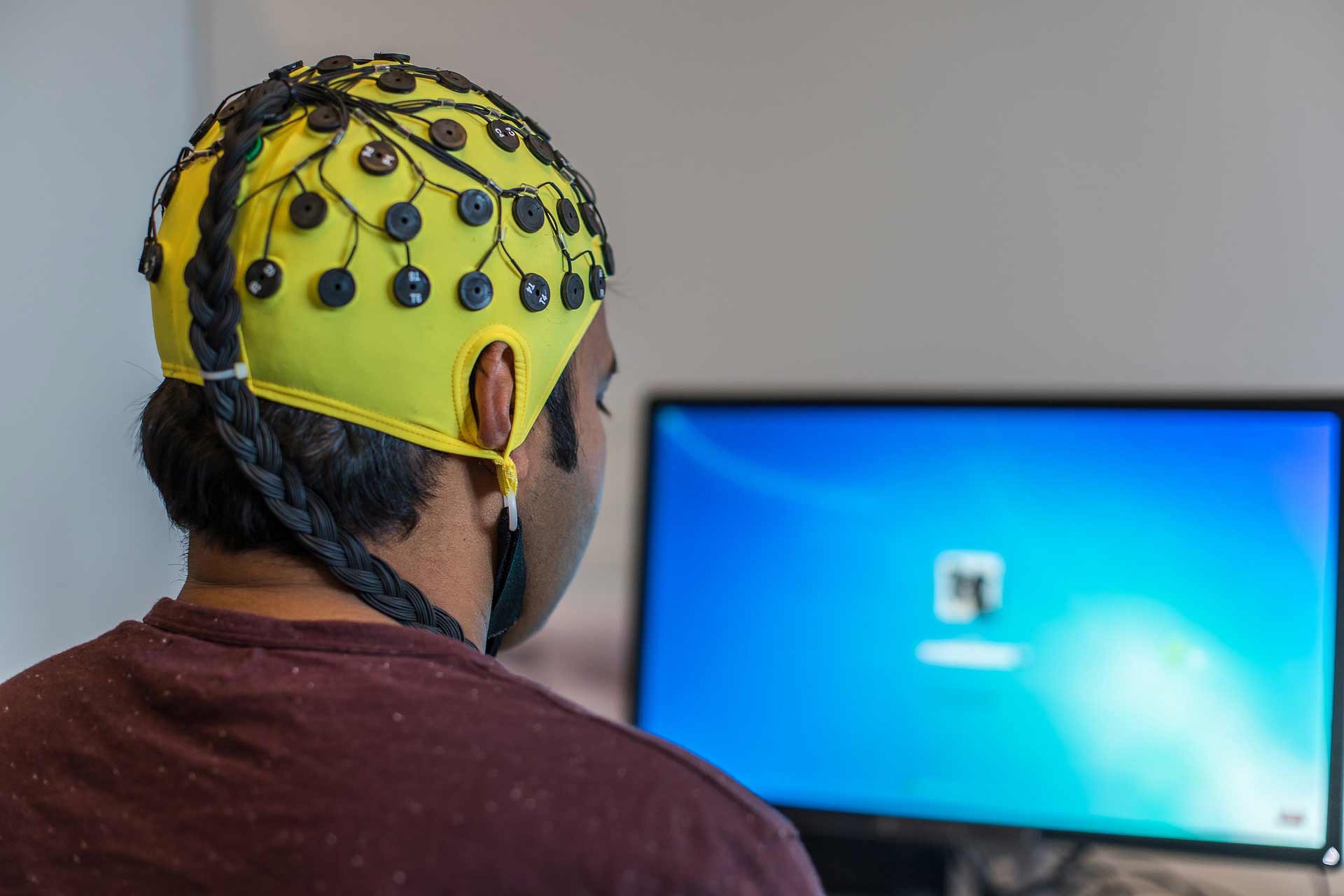Biosensors are analytical devices used to detect biological molecules or changes in biological processes. They combine a biological component (such as an enzyme, antibody, or nucleic acid) with a physical sensor to provide measurable signals, which are then analyzed to understand biological activity. Biosensors play a crucial role in medical diagnostics, environmental monitoring, food safety, and many other fields.
Key Components of Biosensors:
Bioreceptor (Biological Element):
This part interacts with the target analyte (the substance being measured). It can be an enzyme, antibody, nucleic acid, or even a whole cell. It is highly specific to the target molecule.
Examples: Glucose oxidase (for glucose detection), antibodies (for pathogen detection), DNA (for genetic analysis).
Transducer:
Converts the biological interaction into a measurable signal (electrical, optical, or thermal). The transducer acts as the interface between the biological component and the electronic system.
Types of transducers include:
Electrochemical: Measures changes in current, potential, or impedance.
Optical: Detects changes in light (absorbance, fluorescence, etc.).
Piezoelectric: Measures changes in frequency or mass.
Thermal: Detects heat released or absorbed during biochemical reactions.
Signal Processor:
Converts the signal from the transducer into a readable output that can be interpreted by the user. This is often done by amplifying, filtering, or digitizing the signal.
Display/Output:
The processed information is displayed to the user, typically on a screen or as a numerical readout.
More Shocking Innovation in Bio Sensing coming out of Colorado Springs… SMARTHEADSYSTEM™

We want to inform you about the biosensors we use! Try our proven SMARTHEADSYSTEM™ we know all too well that being in the know is key. Receive real-time, calculated bio-metrics with every impact. Just the size of a quarter it fits easily inside a helmet or head band. While we can’t prevent injury, we collect real-time data about your head and what is happening when you undergo jarring impacts, etc.
Types of Biosensors:
- Enzyme-based biosensors: Utilize enzymes as the bioreceptor to detect substrates in biochemical reactions. Example: Glucose biosensors used in diabetes management.
- Immunosensors: Use antibodies as bioreceptors to detect specific proteins or pathogens. Example: Pregnancy tests or diagnostic tests for infections.
- DNA sensors: Use nucleic acid sequences (DNA or RNA) to detect specific genetic material. These are used in genetic testing or pathogen detection.
- Cell-based biosensors: Utilize live cells or cell fragments as bioreceptors to detect a variety of biological or environmental changes. They are useful for toxicity testing and drug discovery.
Applications of Biosensors:
- Medical Diagnostics:
- Glucose monitoring for diabetes, detecting biomarkers for diseases like cancer, HIV, and other infections, or even detecting pathogens in blood samples.
- Environmental Monitoring:
- Detecting pollutants in water or air, such as heavy metals or toxic chemicals.
- Food Safety:
- Detecting pathogens, contaminants, or allergens in food products.
- Wearable Health Devices:
- Some advanced biosensors are integrated into wearables, tracking vital signs like heart rate, oxygen levels, and sweat composition for continuous health monitoring.
Advantages of Biosensors:
- High Sensitivity: Can detect very low concentrations of analytes.
- Specificity: Can be highly selective for a particular target molecule.
- Real-Time Detection: Provides immediate results, which is crucial for applications like medical diagnostics.
- Portability: Many biosensors are small and can be used in point-of-care testing, making them ideal for remote or home monitoring.
Challenges:
- Stability: Biological components can degrade over time, which may affect sensor performance.
- Cost: Some biosensors, particularly those involving complex biological components, can be expensive.
- Interference: Other substances in the sample may interfere with the detection, leading to false readings.
With ongoing advancements in nanotechnology, materials science, and biotechnology, the future of biosensors is exciting, particularly for applications in personalized medicine and environmental health.

